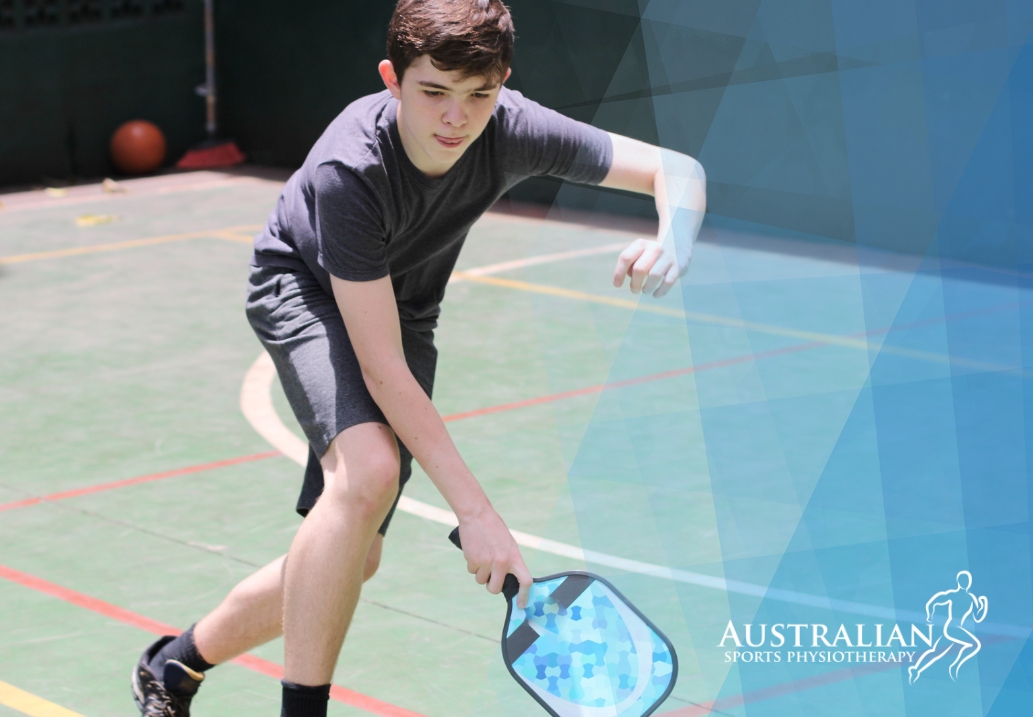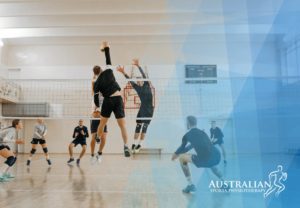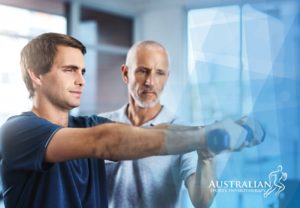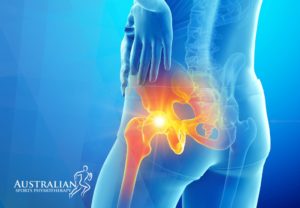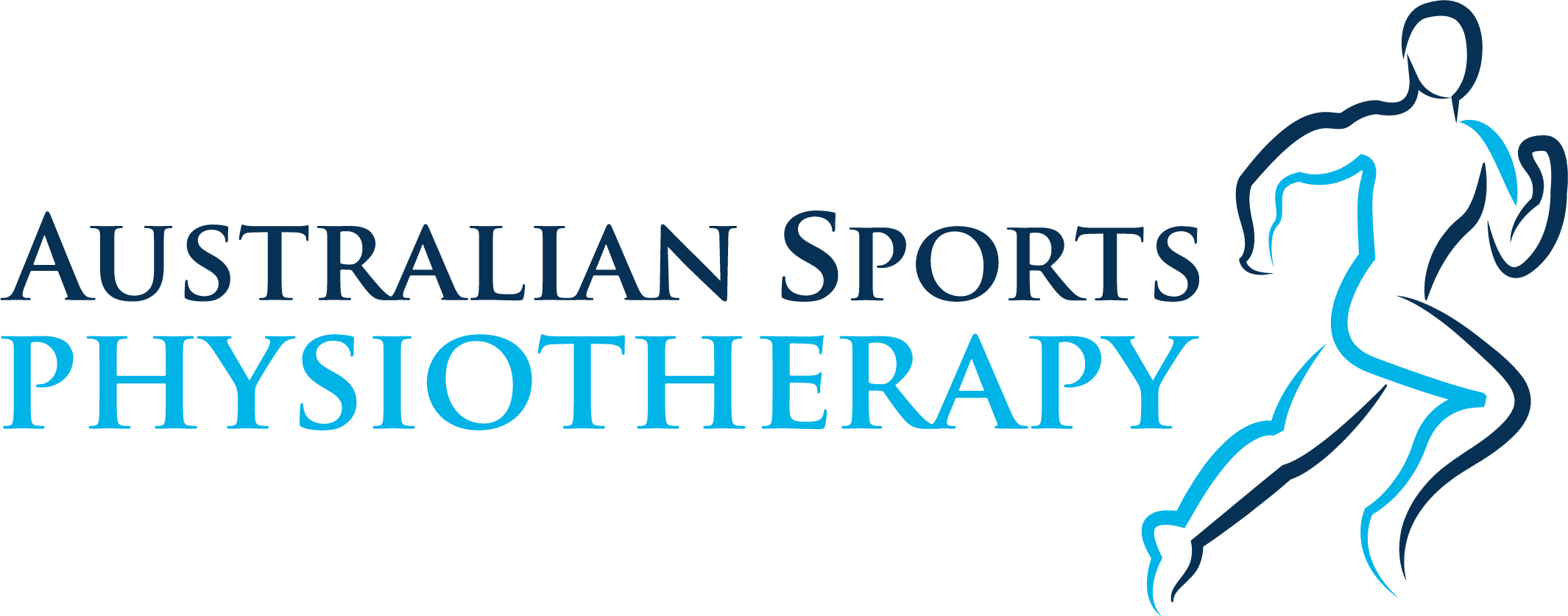Growing adolescents often experience pain and discomfort in their knees and heels due to conditions like Osgood-Schlatter disease and Severs disease. While rest and proper footwear can help alleviate symptoms, physiotherapy plays a crucial role in effectively treating these conditions and preventing long-term complications.
Osgood-Schlatter and Severs disease are common musculoskeletal conditions that affect young athletes and active adolescents. These conditions can be painful and limit a child’s ability to participate in sports and other physical activities.
Physiotherapy is an important part of the treatment plan for adolescents with Osgood-Schlatter disease and Severs disease. Through a combination of exercises, manual therapy, and education, physiotherapists can help young patients manage pain, improve mobility, and prevent future injury.
Understanding Osgood-Schlatter and Sever’s disease
- Both conditions are overuse injuries caused by repetitive stress on the growth plates.
- Osgood-Schlatter affects the knee, causing pain below the kneecap.
- Sever’s disease affects the heel, causing pain at the back of the heel where the Achilles tendon attaches.
- These conditions are self-limiting, meaning they resolve on their own once the growth plate closes (typically around age 15–16).
1. Osgood-Schlatter disease
Osgood-Schlatter disease is an inflammation of the growth plate at the top of the shinbone (tibia), where the patellar tendon (the tendon that connects the kneecap to the shinbone) attaches. It’s most common in active adolescents, especially boys aged 10 to 15, who participate in sports that involve a lot of running and jumping, such as soccer, basketball, and track.
Common symptoms of Osgood-Schlatter disease
- Pain and tenderness below the kneecap, often worse with activity and relieved with rest.
- Swelling or bumpiness below the kneecap.
- Knee stiffness.
2. Sever’s disease
Sever’s disease is an inflammation of the growth plate in the heel where the Achilles tendon (the tendon that connects the calf muscles to the heel bone) attaches. It’s most common in active children aged 8 to 14 who participate in sports that involve a lot of running and jumping.
Common symptoms of Sever’s disease
- Heel pain, often worse with activity and relieved with rest.
- Limping
- Tenderness at the back of the heel.
3. Causes of Osgood-Schlatter Disease and Sever’s disease
Both Osgood-Schlatter disease and Sever’s disease are caused by repetitive stress on the growth plate during growth spurts. As bones grow faster than muscles and tendons, the muscles and tendons can become tight and pull on the growth plates, causing inflammation and pain.
Physiotherapy for Osgood-Schlatter and Sever’s disease
Physiotherapy can play a significant role in managing these conditions and helping young athletes stay active. Physiotherapy treatment may include the following:
1. Pain management
Physiotherapists can employ various techniques to manage pain, such as ice therapy, ultrasound, and specific taping methods.
2. Activity modification
A physiotherapist can assess the young athlete’s training regimen and recommend modifications to reduce stress on the affected area. This might involve reducing training intensity, duration or switching to low-impact activities for a timeframe.
3. Strengthening exercises
Strengthening exercises for the surrounding muscles can improve stability and support the growth plate, reducing pain and the risk of further injury.
4. Self massage
We tend to avoid stretching of the tendon and muscle. Self massage using foam roller or massage gun is preferrable.
5. Balance and proprioception training
Physiotherapy can improve balance and proprioception (body awareness), which can help prevent falls and further stress on the affected area.
In most cases, Osgood-Schlatter and Sever’s disease improve with conservative treatment within a few weeks or months. However, if symptoms are severe or do not improve with treatment, your physiotherapist may recommend other interventions.
Benefits of physiotherapy for Osgood-Schlatter and Sever’s disease
- Reduce pain and improve the quality of life for the young athlete.
- Allow continued participation in sports and activities.
- Prevent further complications from overuse.
- Improve overall strength, flexibility, and balance.
- Educate the athlete and parent on proper training techniques and injury prevention strategies.
While physiotherapy can significantly improve symptoms and function, it’s important to manage expectations. Osgood-Schlatter and Sever’s disease are growth-related, and complete resolution will come with time as the growth plate closes.
Physiotherapy helps manage the condition effectively and allows young athletes to stay active during this period.
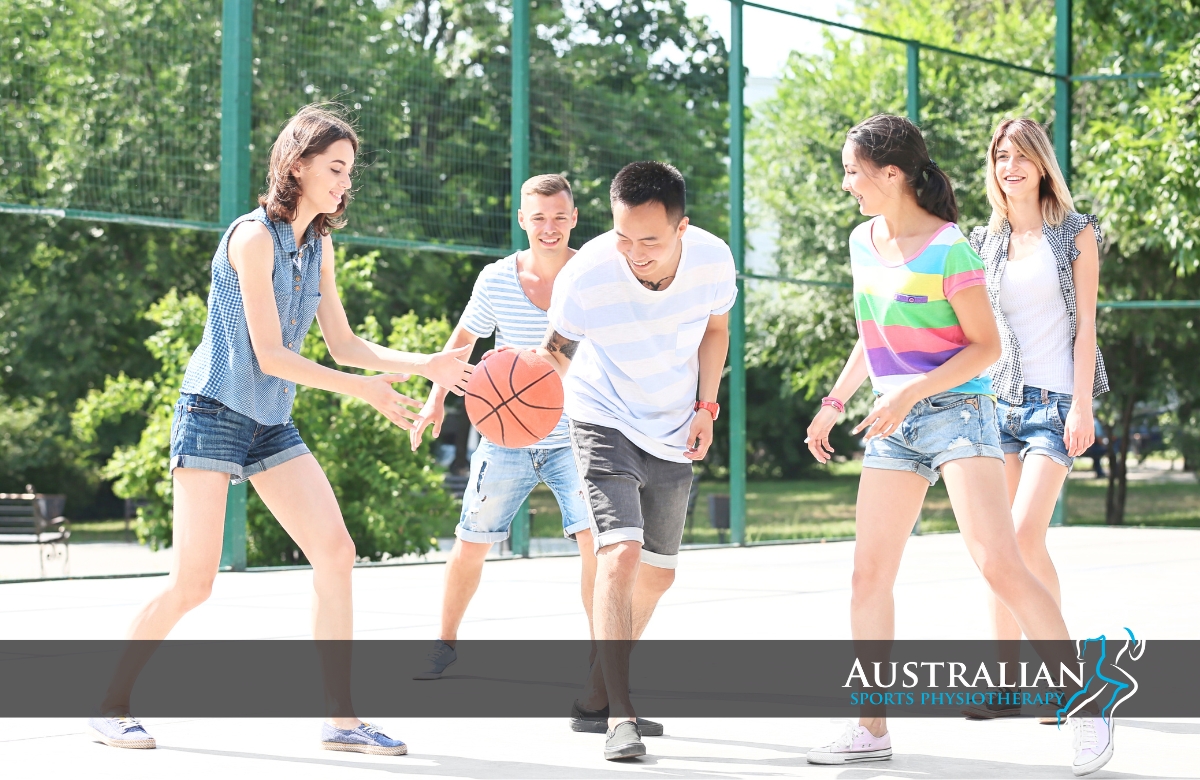
Final thoughts
Physiotherapy plays a crucial role in effectively addressing Osgood-Schlatter and Severs disease in growing children.
By focusing on strengthening and stretching exercises, as well as educating patients on proper movement patterns, physiotherapists can help alleviate pain and improve function in those affected by these conditions.
So, if you or someone you know is struggling with these issues, don’t hesitate to seek the guidance and support of a qualified physiotherapist to help restore optimal health and well-being.
